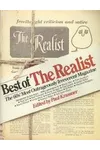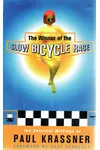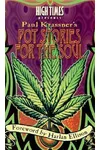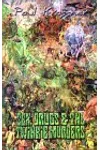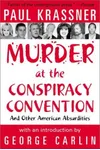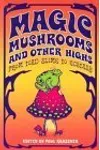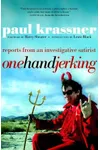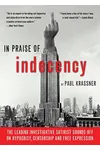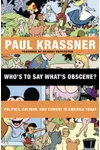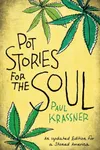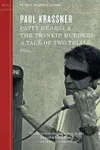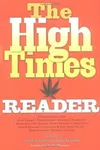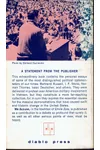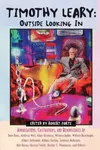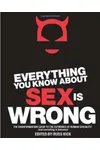Picture a satirist who turned irreverence into an art form, shaking up the 1960s with wit sharper than a violin bow—meet Paul Krassner! Born in 1932, this American counterculture icon founded The Realist, a magazine that blended biting satire with fearless journalism, and co-created the Yippie movement, leaving a legacy of free expression that still resonates. From Carnegie Hall at age six to dodging Chicago cops in 1968, Krassner’s life was a wild, hilarious rebellion against the status quo.
The Making of Paul Krassner
Born in Brooklyn, New York, Paul Krassner was a child prodigy, playing violin at Carnegie Hall at just six years old. But music wasn’t his calling—laughter was. Raised in a Jewish family, he rejected religion as 'organized superstition' and dove into journalism at Baruch College. His early gigs at The Independent, an anti-censorship paper, and freelancing for Mad magazine sparked his satirical fire. By 1958, craving a platform for adult humor, he launched The Realist, a mimeographed zine that became the voice of the counterculture.
Krassner’s mentor, comedian Lenny Bruce, pushed him to perform stand-up as 'Paul Maul' at New York’s Village Gate. Bruce’s fearless style shaped Krassner’s own, blending humor with social critique. This fusion set the stage for his role as a prankster-activist, from joining Ken Kesey’s Merry Pranksters to co-founding the Youth International Party (Yippies) in 1967, a name he coined while riffing on 'hippie.'
Paul Krassner’s Unforgettable Works
The Realist (1958–1974) was Krassner’s masterpiece, a 'Mad magazine for adults' that tackled taboos like abortion, racism, and war with uncensored gusto. Its 1967 'Disneyland Memorial Orgy' poster, illustrated by Wally Wood, shocked with Disney characters in risqué antics, cementing its rebellious spirit. Another infamous piece, a fictional 1967 article claiming Lyndon B. Johnson desecrated JFK’s corpse, sparked outrage but highlighted Krassner’s knack for provocative satire.
Krassner’s books were equally bold. How a Satirical Editor Became a Yippie Conspirator in Ten Easy Years (1971) collected his best Realist pieces, while Confessions of a Raving, Unconfined Nut: Misadventures in Counter-Culture (1994) chronicled his wild journey. Pot Stories for the Soul (1999) and Psychedelic Trips for the Mind (2001) celebrated drug culture with humor, reflecting his LSD-fueled adventures with figures like Groucho Marx. His 2009 essay collection, Who’s to Say What’s Obscene?, dissected comedy and politics with razor-sharp insight.
His style—part journalism, part prank—mixed truth with absurdity, earning praise from George Carlin, who called him 'funnier than Danny Kaye, more powerful than Jerry Lewis.' Krassner’s work wasn’t just funny; it challenged censorship and empowered voices like Lenny Bruce, whose autobiography he edited, to push free speech boundaries.
Why Paul Krassner Matters
Paul Krassner’s impact on American counterculture is undeniable. The Realist laid the groundwork for satirical outlets like National Lampoon, while the Yippies’ stunts—like nominating a pig for president in 1968—made activism fun and visible. His abortion referral network in the 1960s saved lives, and his advocacy for free speech, drug legalization, and anti-war causes shaped progressive movements. Inducted into the Counterculture Hall of Fame in 2001, Krassner’s legacy lives in every comedian, writer, or activist who dares to challenge 'The Man.'
About Paul Krassner
- Born: April 9, 1932, Brooklyn, New York
- Died: July 21, 2019, Desert Hot Springs, California
- Key Works: The Realist, Confessions of a Raving, Unconfined Nut, Pot Stories for the Soul
- Awards: Firecracker Alternative Book Award (2000), Counterculture Hall of Fame (2001)
Ready to laugh and rebel? Grab Confessions of a Raving, Unconfined Nut and dive into Paul Krassner’s fearless, funny world of satire!

